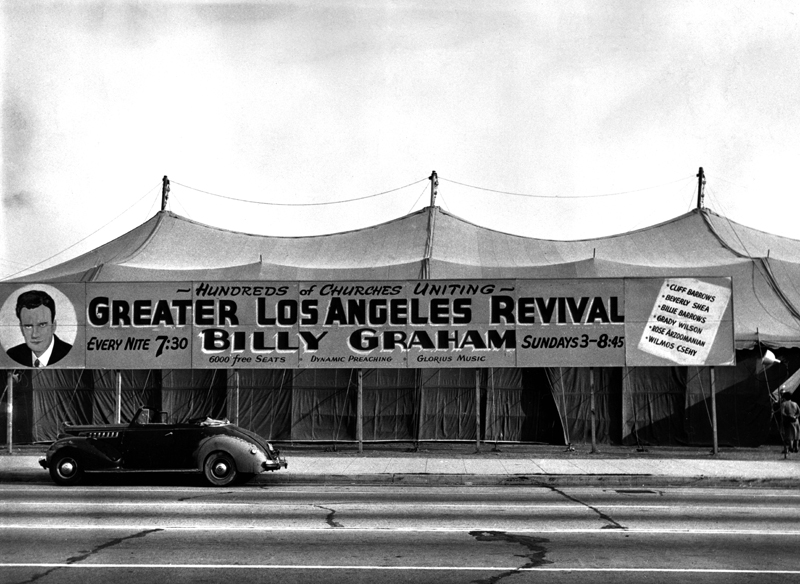The Psalmist prayed for God to revive him (Psalm 119:25), but what is revival. Many talk about it, but too few have experienced genuine revival. J. I. Packer explains revival this way:
Revival is the visitation of God which brings to life Christians who have been sleeping and restores a deep sense of God’s near presence and holiness. Thence springs a vivid sense of sin and a profound exercise of heart in repentance, praise, and love, with an evangelistic outflow.
Each revival movement has its own distinctive features, but the pattern is the same every time.
First God comes. On New Year’s Eve 1739, John Wesley, George Whitefield, and some of their friends held a “love feast” which became a watch night of prayer to see the New Year in. At about 3 a.m., Wesley wrote, “the power of God came mightily upon us, insomuch that many cried for exceeding joy, and many fell to the ground.” Revival always begins with a restoration of the sense of the closeness of the Holy One.
Second, the gospel is loved as never before. The sense of God’s nearness creates an overwhelming awareness of one’s own sins and sinfulness, and so the power of the cleansing blood of Christ is greatly appreciated.
Then repentance deepens. In the Ulster revival in the 1920s shipyard workers brought back so many stolen tools that new sheds had to be built to house the recovered property! Repentance results in restitution.
Finally, the Spirit works fast: godliness multiplies, Christians mature, converts appear. Paul was at Thessalonica for less than three weeks, but God worked quickly and Paul left a virile church behind him.
Dr. Packer’s writing style is a bit dated, but his description of and longing for revival should drive us all to pray for a fresh visitation of the Holy Spirit. Have you ever experienced a real revival (not just a revival service)? How did it change you? How might a genuine revival change our church and our world today?


